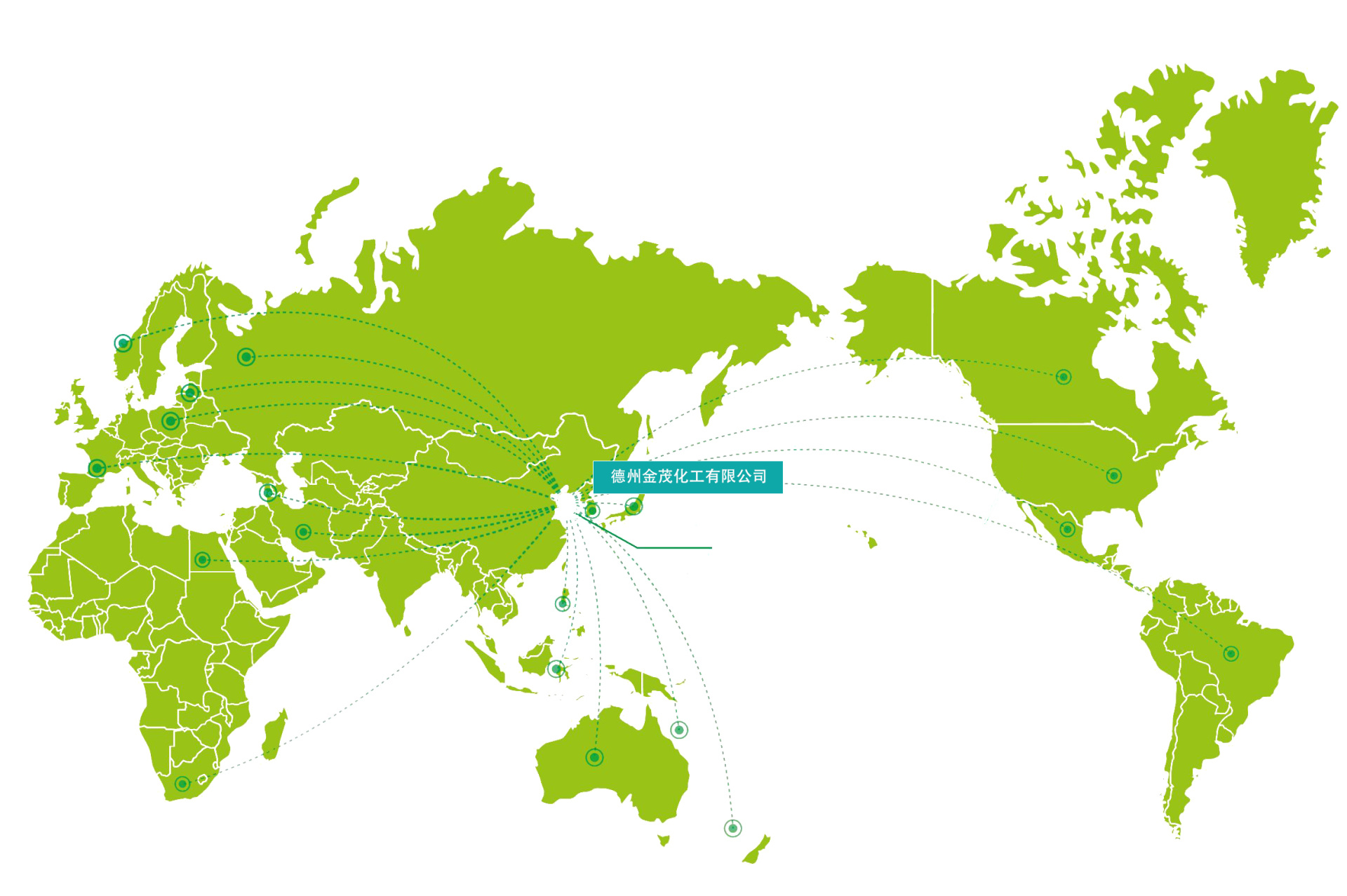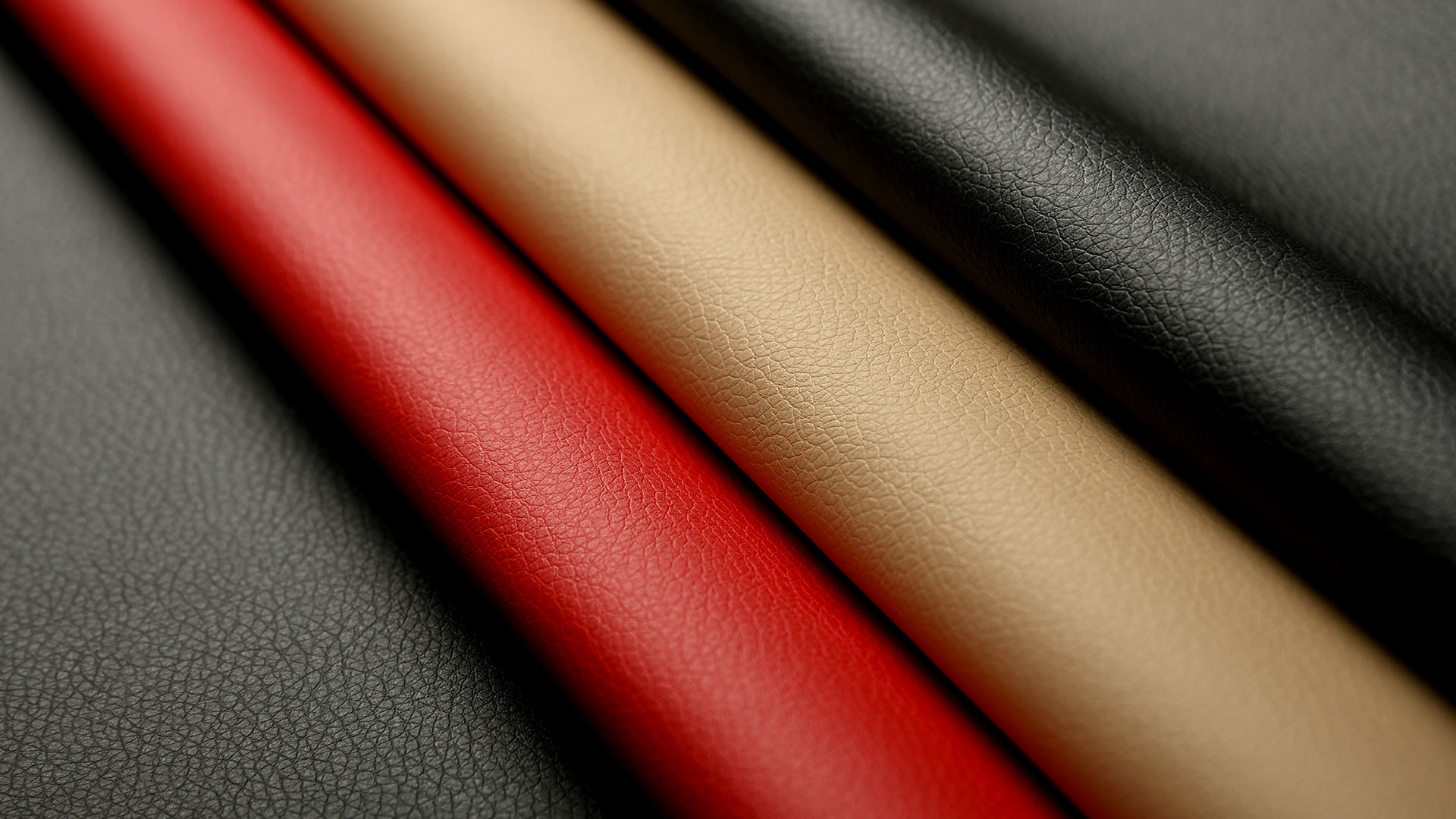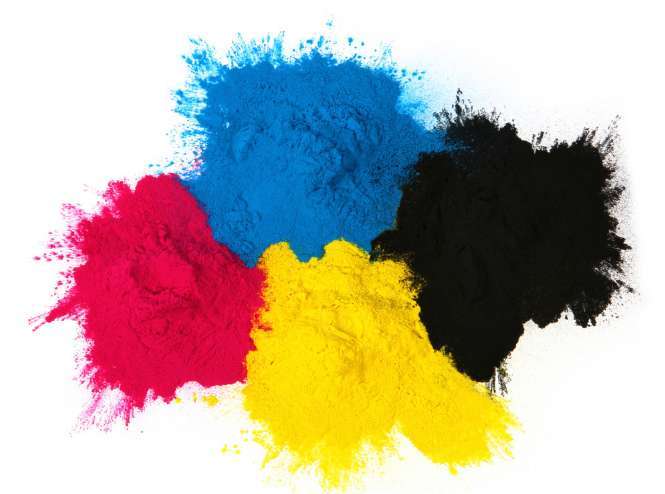There are several dyeing methods for textile dyes.
The dyeing methods for textile dyes are divided into two types: immersion dyeing (or exhaustion dyeing) and pad dyeing, while dyeing of other fabrics is not limited to these two. Dyeing can be roughly divided into five stages: loose fiber dyeing, wool top dyeing, yarn dyeing, piece dyeing, and garment dyeing. Whether it is woven or knitted fabric, piece dyeing accounts for a large proportion, followed by yarn dyeing, which is combined with other dyeing methods to present a rich and colorful fashion. Let's learn more below.Textile dyesThere are several dyeing methods!

1.Textile dyesDyeing methods:
1. Immersion dyeing, a dyeing method where the fabric is immersed in a dye solution for a certain period of time to allow the fibers to absorb the dye and fix it onto the fibers.
Characteristics: Suitable for dyeing various forms of fabrics; intermittent production, low production efficiency, simple equipment, and relatively easy operation.
2. Pad dyeing, where the fabric is temporarily soaked in the dye solution and then immediately passed through rollers to press the dye solution into the fabric's interstices, removing excess dye solution, allowing the dye to be evenly distributed on the fabric, and completing the dyeing process through steaming or baking.
Characteristics: Continuous dyeing and finishing processing, high production efficiency, suitable for large-scale fabric dyeing, but the dyed material has high tension. It is usually used for dyeing textile fabrics, and sometimes silk bundles and yarns are also dyed using pad dyeing.
2.Textile dyesThe five stages of dyeing. Fabric dyeing can be done at any stage, including dyeing at different stages such as fiber, yarn, fabric, and clothing.
1) Loose fiber dyeing: Dyeing of fibers or loose fibers before spinning, placed in a large dye vat, dyed at an appropriate temperature. Most color-spun yarns use the loose fiber dyeing method (there are also effects of single fiber dyeing), commonly used for coarse wool fabrics.
2) Wool top dyeing: This is also fiber dyeing before spinning, with the same purpose as loose fiber dyeing, to achieve a soft mixed color effect. Wool top dyeing is generally used for fine combed wool yarns and wool fabrics.
3) Yarn dyeing: Dyeing yarns before weaving. Generally used for color-woven fabrics, sweaters, etc., or directly using threads (sewing threads). Yarn dyeing is the basis of dyeing and weaving.
ConventionalTextile dyesdyeing methods include three types:
Twisted yarn dyeing - involves soaking loose twisted yarns in a specially designed dye tank, which is a more expensive dyeing method;
Cheese dyeing - after winding cheese around the yarn, a large amount of cheese is placed in the dye vat, and the dye solution circulates, resulting in a fluffier effect and lower softness compared to twisted yarn dyeing.
Warp beam dyeing - a large-scale package dyeing method, where the warp beam (sizing) is made before fabric production, and the entire warp beam yarn is dyed. For example, the combination of sizing machines and warp beam yarn bundles for dyeing. Since it is a warp beam, it is mostly used for dyeing woven fabrics. However, with the emergence of warp beam falling tubes, the yarn on the beam can be made into cheese after dyeing, which allows for a wider range of use for dyed yarns. For example, indigo and cochineal dyeing commonly use reduction dyeing methods, which can be effectively solved with warp beam dyeing; it is difficult to achieve without warp beam falling tubes.
Piece dyeing: The method of dyeing fabric is piece dyeing, commonly used methods include rope dyeing, jet dyeing, roll dyeing, pad dyeing (not tie-dyeing), and warp beam dyeing, which will not be introduced one by one here.
Garment dyeing: Generally, semi-bleached fabric is made into garments first, and then the garments are placed in nylon bags, with a series of bags placed together in the dye vat, continuing to stir in the dye vat (paddle dyeing machine). Garment dyeing is mostly suitable for knitted socks, t-shirts, and almost all knitted tops, sweaters, pants, shirts, and other simple garments.
The above introduction is aboutTextile dyesseveral dyeing methods. If you want to know more, feel free to contact us!
Latest developments






